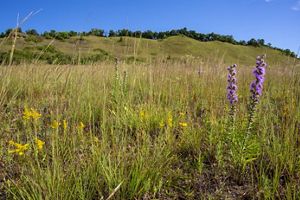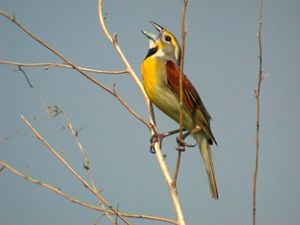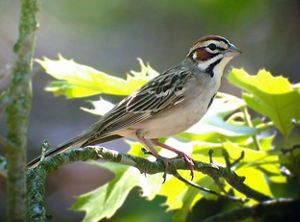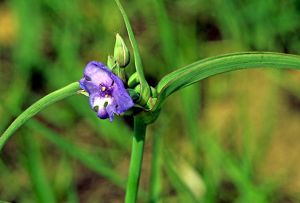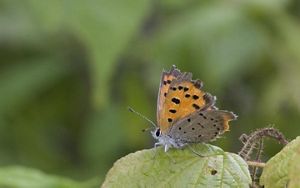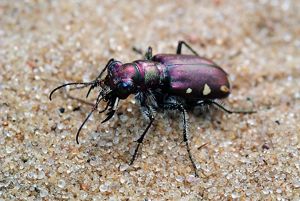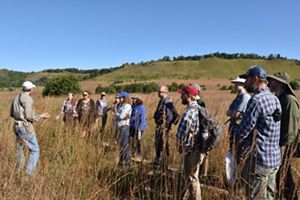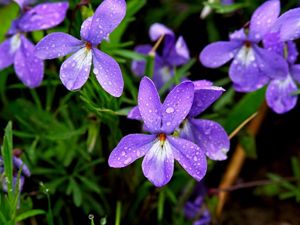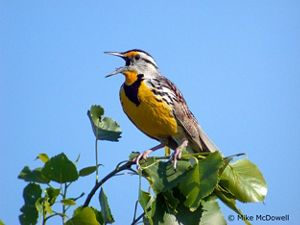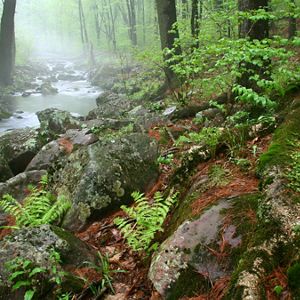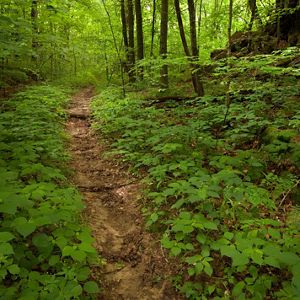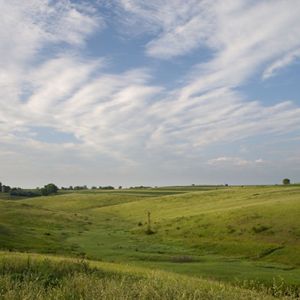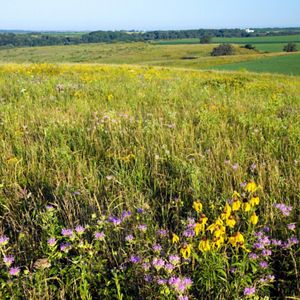Description
Spring Green Preserve harbors some of Wisconsin's rarest plant communities, including sand prairie, dry bluff prairie, and black oak barrens. Due to changes in land use, all these communities, which once covered thousands of acres across the state, have almost completely disappeared.
Known as the Wisconsin Desert, the preserve is a place where forest meets bluff, and bluff levels off into plains and dunes.
Visit Spring Green Preserve and get a taste of the American West—a land of cacti and lizards, sand dunes and dry grasses—without going far from home.

